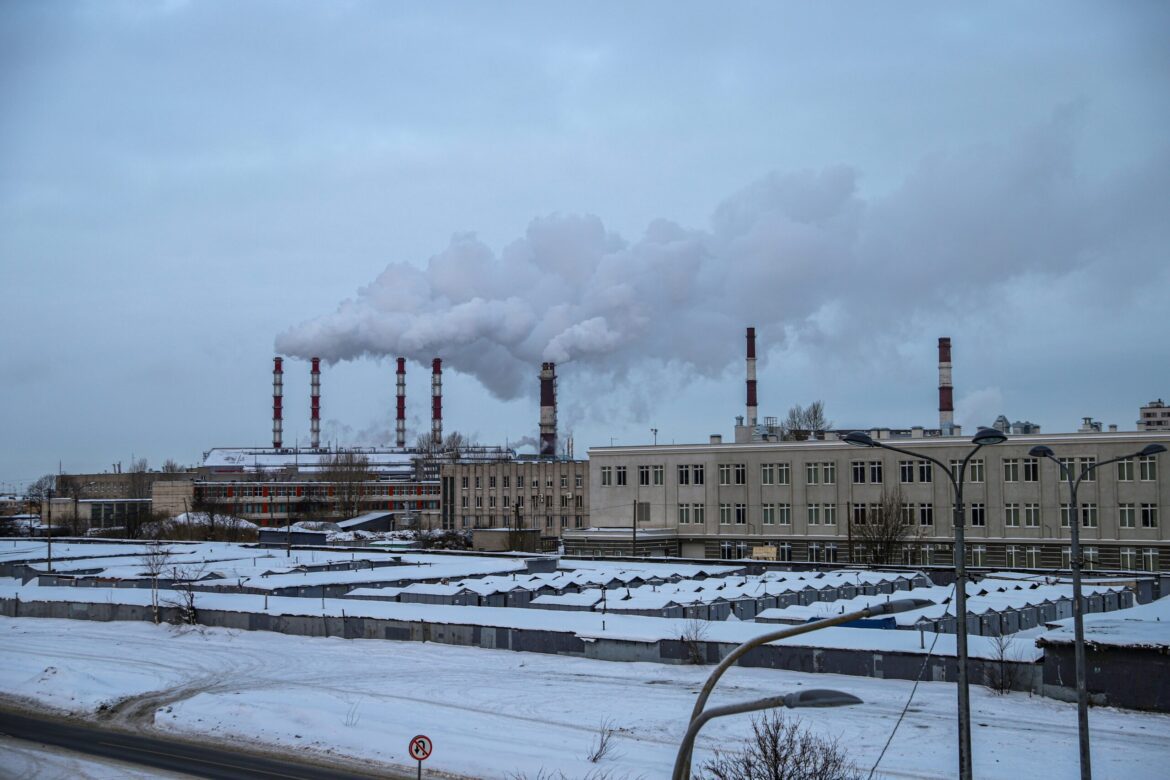The U.S. Senate is moving forward with the “Sanctioning Russia Act of 2025,” a bipartisan bill proposing a 500% tariff on Russian-origin oil, gas, uranium, and petrochemicals. Spearheaded by Senators Lindsey Graham (R-SC) and Richard Blumenthal (D-CT), the legislation aims to penalize Russia for its ongoing conflict in Ukraine and to deter countries like China and India from purchasing Russian energy.
The bill has garnered significant support, with over 80 co-sponsors in the Senate, indicating strong bipartisan backing. It also includes provisions for secondary sanctions, imposing the same 500% tariff on countries that continue to import Russian energy products. This measure targets nations such as China and India, which have become major buyers of Russian oil and gas since the onset of the conflict.
Analysts warn that the proposed tariffs could lead to increased energy prices for American consumers, reminiscent of the spikes seen in 2022. The legislation’s broad reach may also strain relations with U.S. allies who continue to rely on Russian energy imports.
While the Senate shows strong momentum, the bill’s future remains uncertain pending President Trump’s stance. The administration has expressed concerns that increased sanctions might hinder ongoing peace negotiations between Russia and Ukraine. However, the growing bipartisan support in Congress adds pressure on the White House to take decisive action.
The “Sanctioning Russia Act of 2025” is currently under review by the Senate Banking, Housing, and Urban Affairs Committee. If passed, it would represent one of the most aggressive economic measures taken by the U.S. against Russia since the beginning of the conflict.

